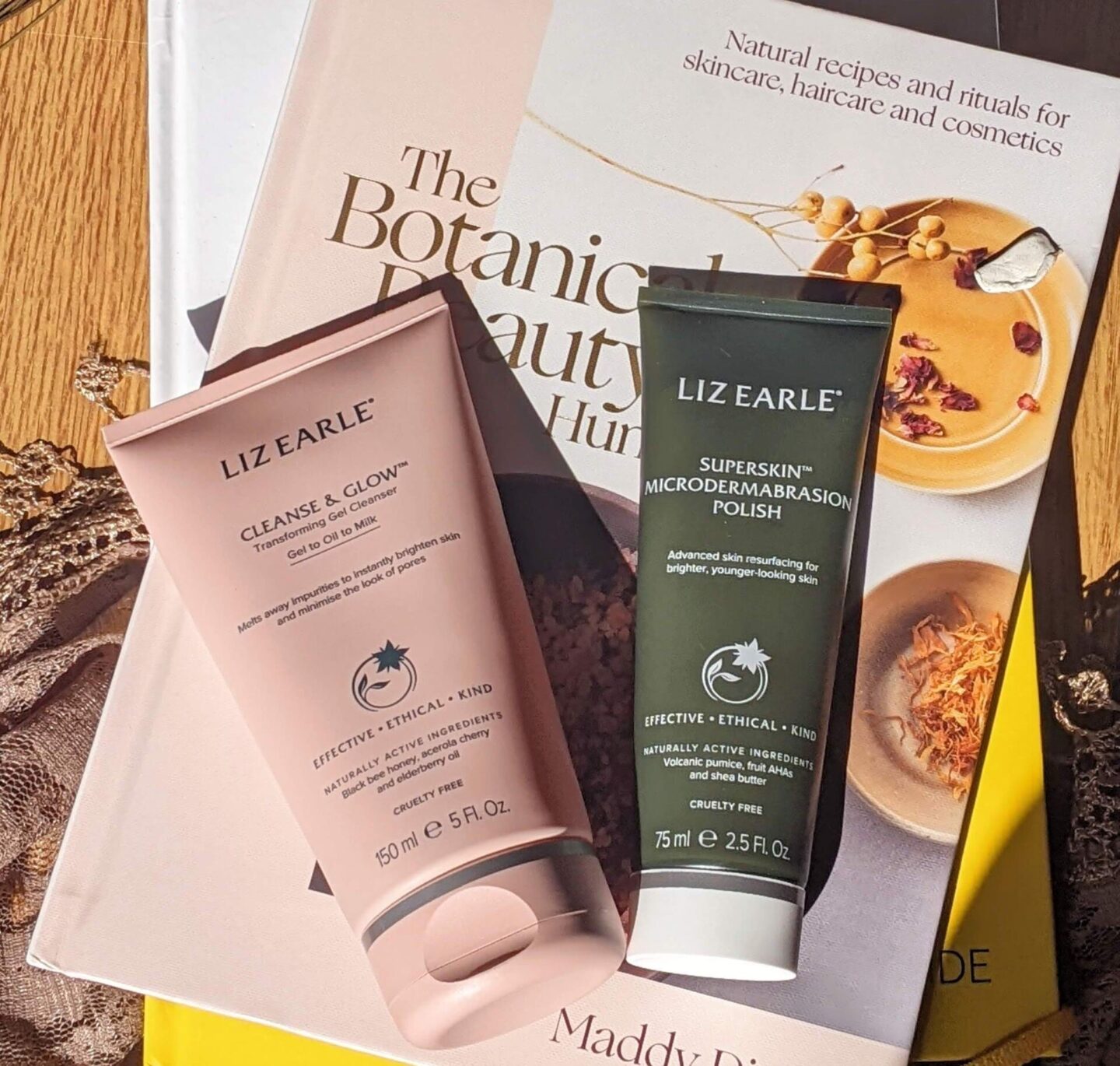
Natural? Organic? Clean? For many of us, the environment and sustainability are issues that we keep in mind when making a purchasing decision. Unfortunately, some companies are latching onto this in a negative way and exploiting customers through something called greenwashing.
What is greenwashing?
Greenwashing in skincare refers to when a brand claims that a product has better ‘green’ benefits than it really does. The brand’s claims about the product might make it seem better for the environment or a healthier choice for your wellbeing.
By using words like ‘natural’, ‘organic’, and ‘clean beauty’ on the packaging, a brand can present themselves as a safe and eco option, when really they might not be as good as they appear.
Greenwashing can also be part of branding and packaging design. Using imagery that connotes nature, like plants, neutral colours and animals can have an influence on customer’s purchasing decisions, when the product within may be less natural than it implies.
How does greenwashing happen?
Surely there are rules to stopping brands from mislabelling their products?! Well, you’d think so, but unfortunately, in the world of skincare, this isn’t as clear cut as it could be.
Skincare and cosmetic product labelling is less regulated than things like food and medication. It leaves brands open to putting things on their labels that aren’t strictly true.

‘Natural’ skincare
Take the term ‘natural’; hearing the word, you’d probably presume the product was packed full of veggies and plants grown in a field. Yet, for skincare, there isn’t really a set definition of what constitutes ‘natural’, meaning there aren’t a set of rules to keep brands in check when using this descriptor on their packaging.
‘Natural’ skincare is left up to the interpretation of the brand and the customer. For a start, there are a few different types of natural ingredients:
- Naturally-occurring – the original, unprocessed ingredient (e.g. raw honey)
- Naturally-derived – naturally-occurring ingredients that have been processed (e.g. essential oils, cocoa butter, shea butter)
- Nature-identical – ingredients made in a lab that are chemically identical to naturally-occurring ingredients (e.g. ascorbic acid, salicylic acid, zinc oxide)
So, there are many ways that a brand can claim to be natural, as well as ways for you to decide whether you consider a product to be worthy of the ‘natural’ label.
Consider ingredient lists
You may also need to consider the percentages of particular ingredients in the product and whether there are enough ‘natural’ ingredients to constitute it being called natural. Ingredients are listed in order of concentration, so the higher the place on the list, the more of it there is in the product.
So, if skincare calls itself ‘natural’, take a look at the ingredient list and see where the natural ingredients feature. If the first five ingredients are synthetic or chemical, then it probably isn’t as natural as it claims and has been greenwashed.
This can also be true of ingredient specific products. Say you’ve bought a Centella Asiatica toner, but cica extract only features towards the end of the ingredient list. This can also be considered a form of greenwashing, as you have bought a product under the illusion that an ingredient that is ‘good’ for your skin plays a bigger part in the ingredients than it really does.

What about skincare label certifications?
Luckily, there are some certifications that can ‘prove’ a skincare brand means business when it comes to ethical beauty. The leaping bunny logo, for example, will confirm that the product wasn’t tested on animals.
However, things get a bit hazy when we consider the concept of ‘organic’ skincare. While there are certifications for organic products, it should be known that they can still be certified with only 70% organic ingredients.
How can I avoid greenwashing?
The best way to avoid buying greenwashed skincare is to check the ingredient list. From there, you can judge whether the ingredients meet your standards of decent concentrations, natural or organic ingredients and whether the product meets the claims it makes.
Remember not to get swept away by false promises and pretty packaging. Don’t give too much weight to unregulated terms like ‘natural’ and ‘clean’ without backing up those claims via the ingredient list. You can always use a tool like INCI Decoder to check the ingredients of your chosen skincare.

